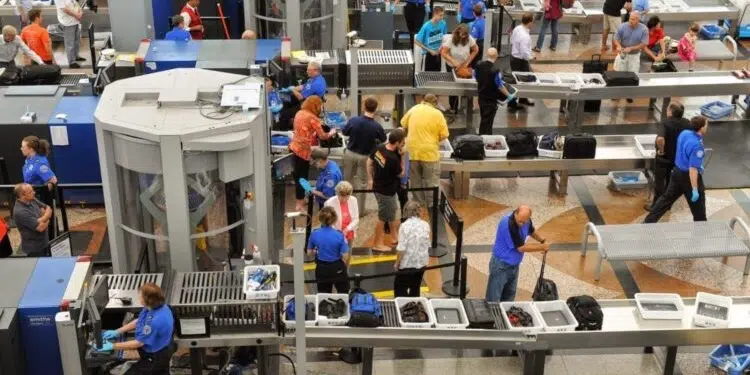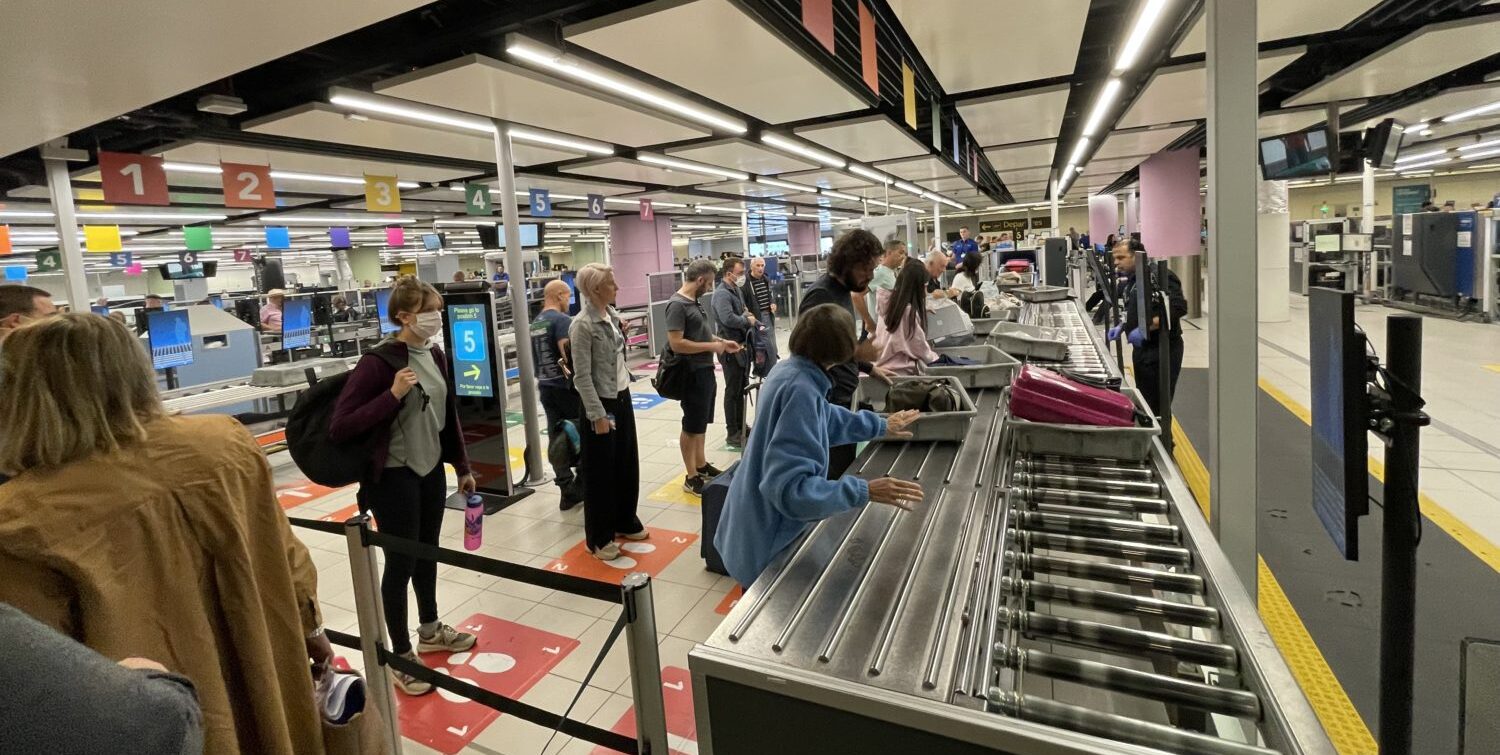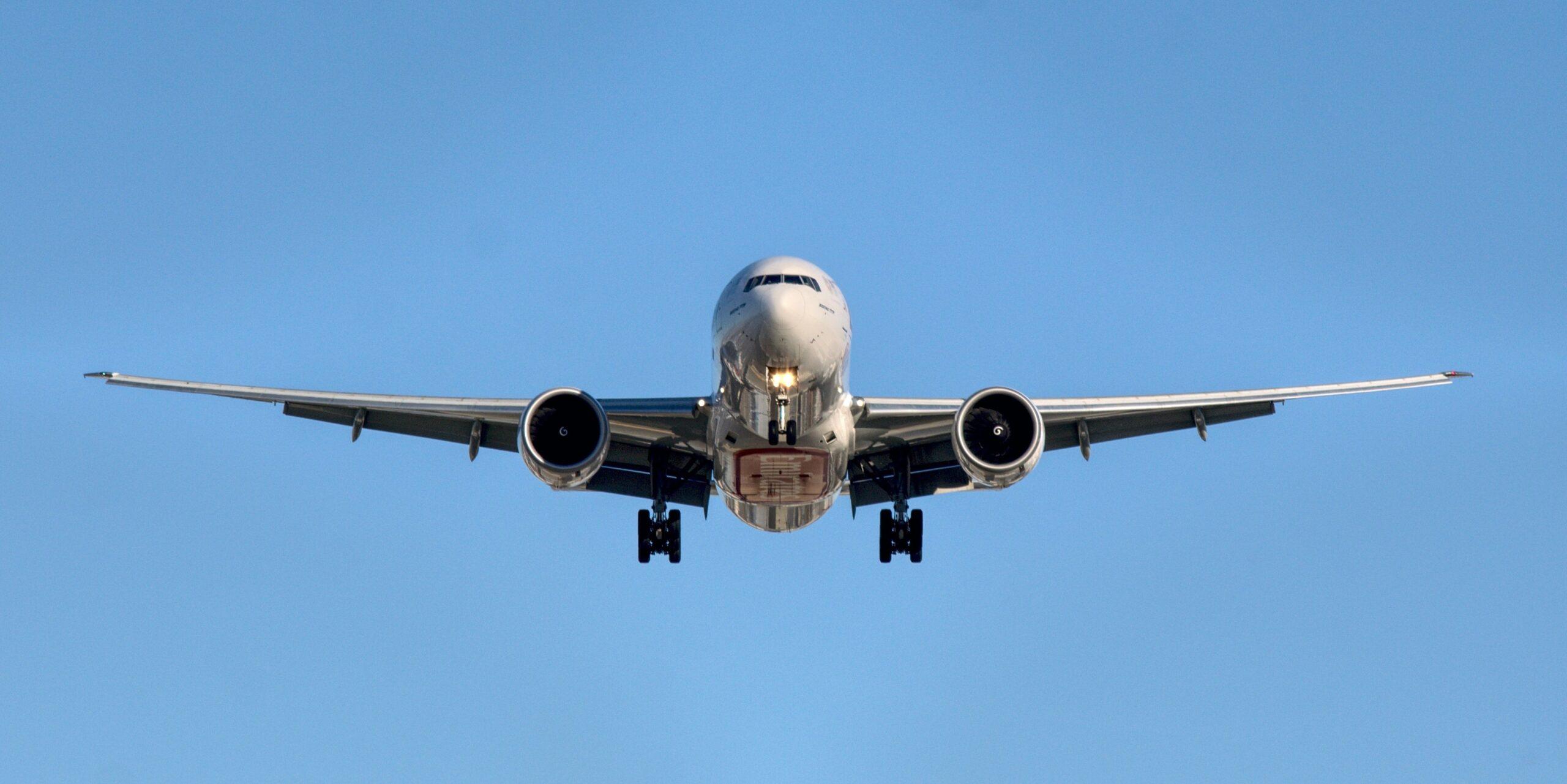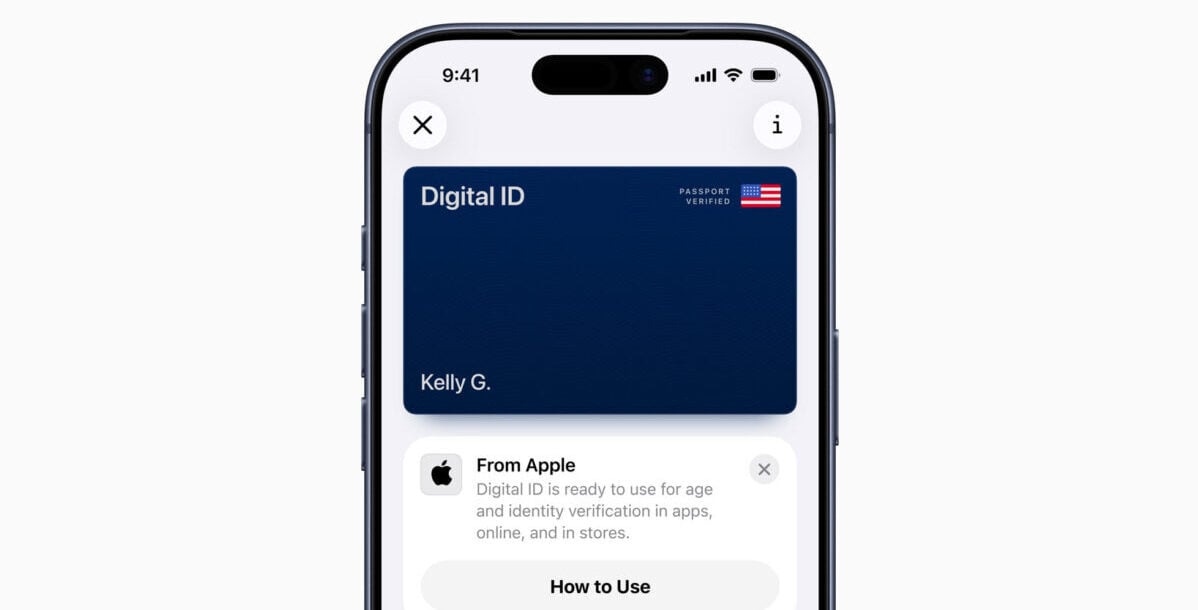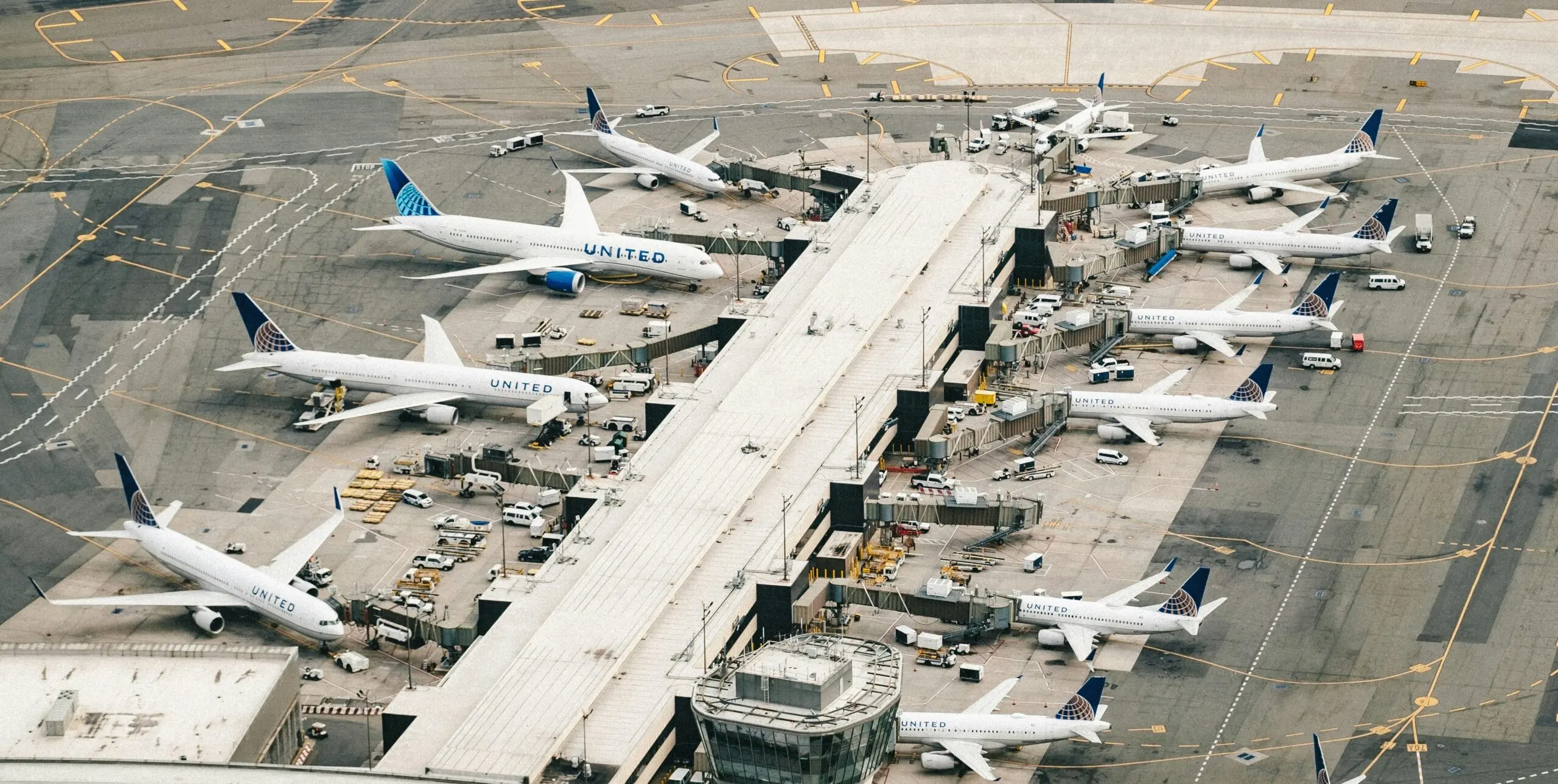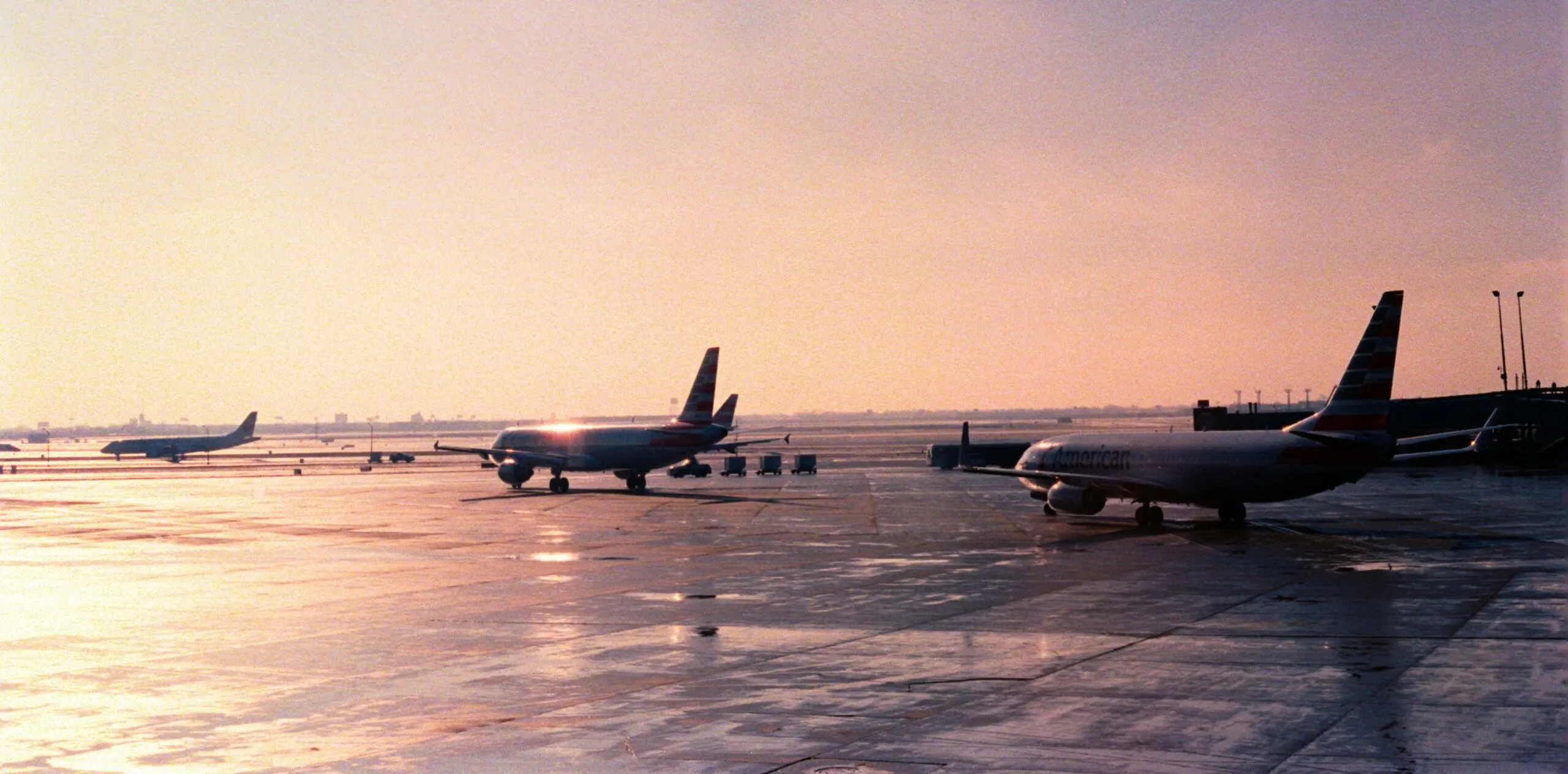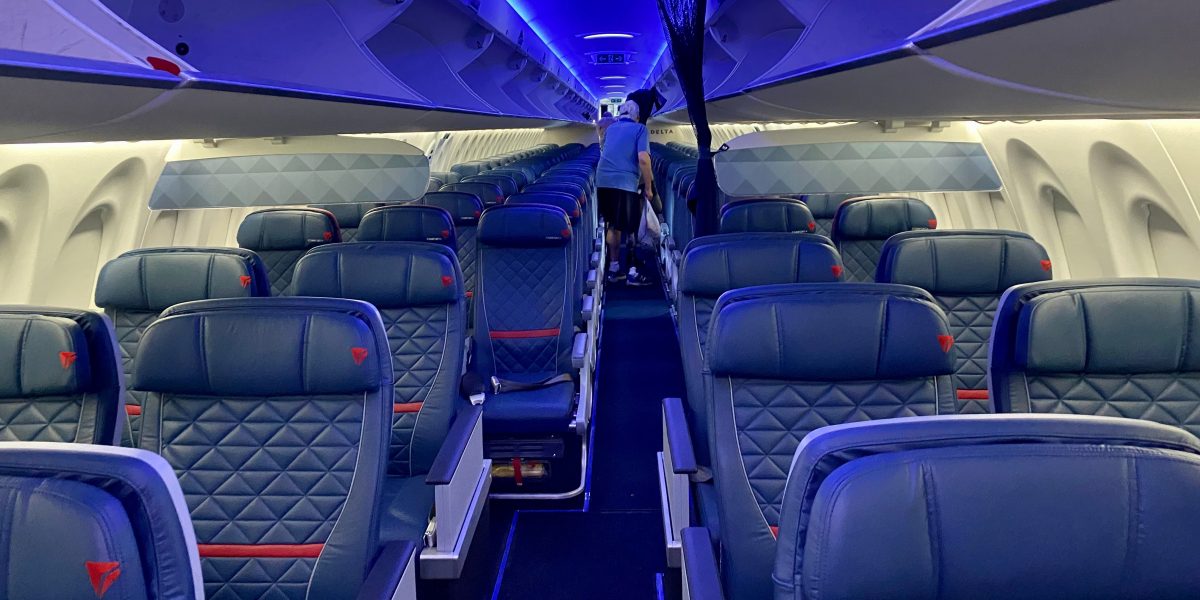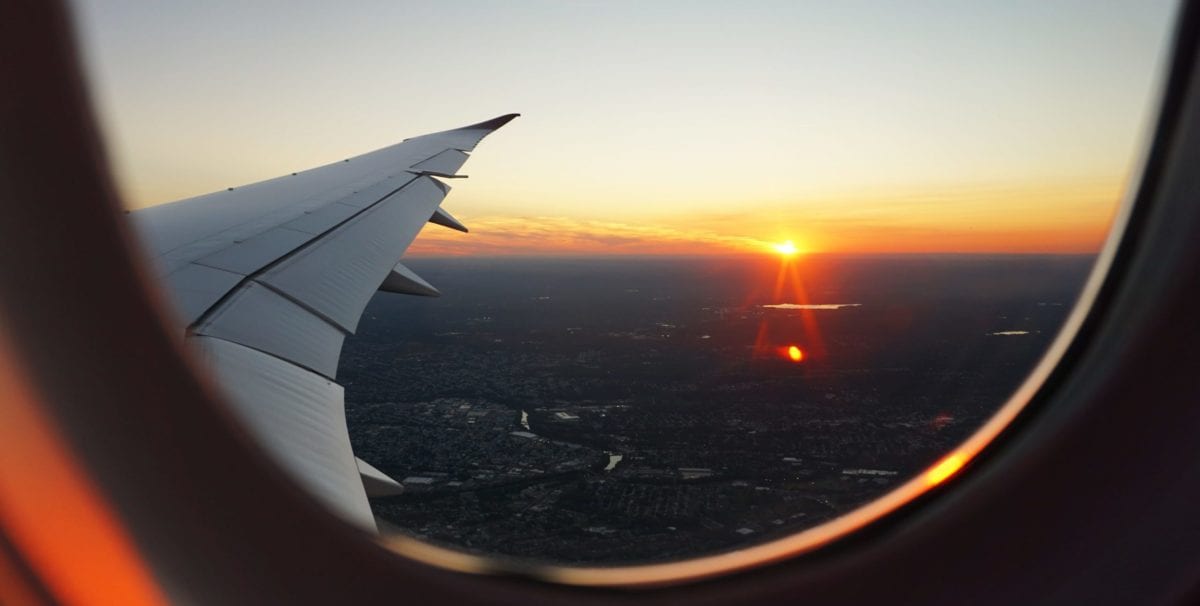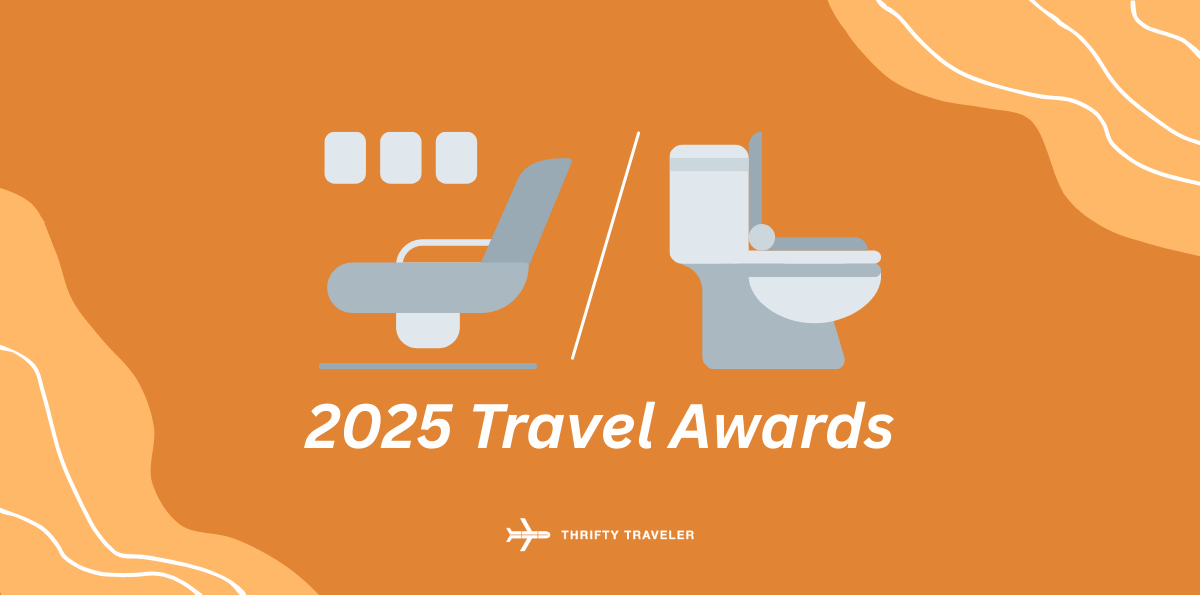
Our First Class & Lavatory Awards of 2025 Go To…
Another year of travel is in the books. We've already recapped the best flight deals from a year that was undoubtedly one of the best yet and doled out some yearbook-style superlatives from 2025. But some things deserve special recognition ... for better or worse. Welcome to our second-annual ceremony for our highly coveted "First Class Award" and "Lavatory Award." Each year, we set aside some dig...




